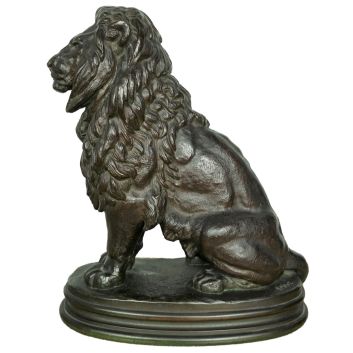Rating and value of works, sculptures, bronzes by Charles Valton
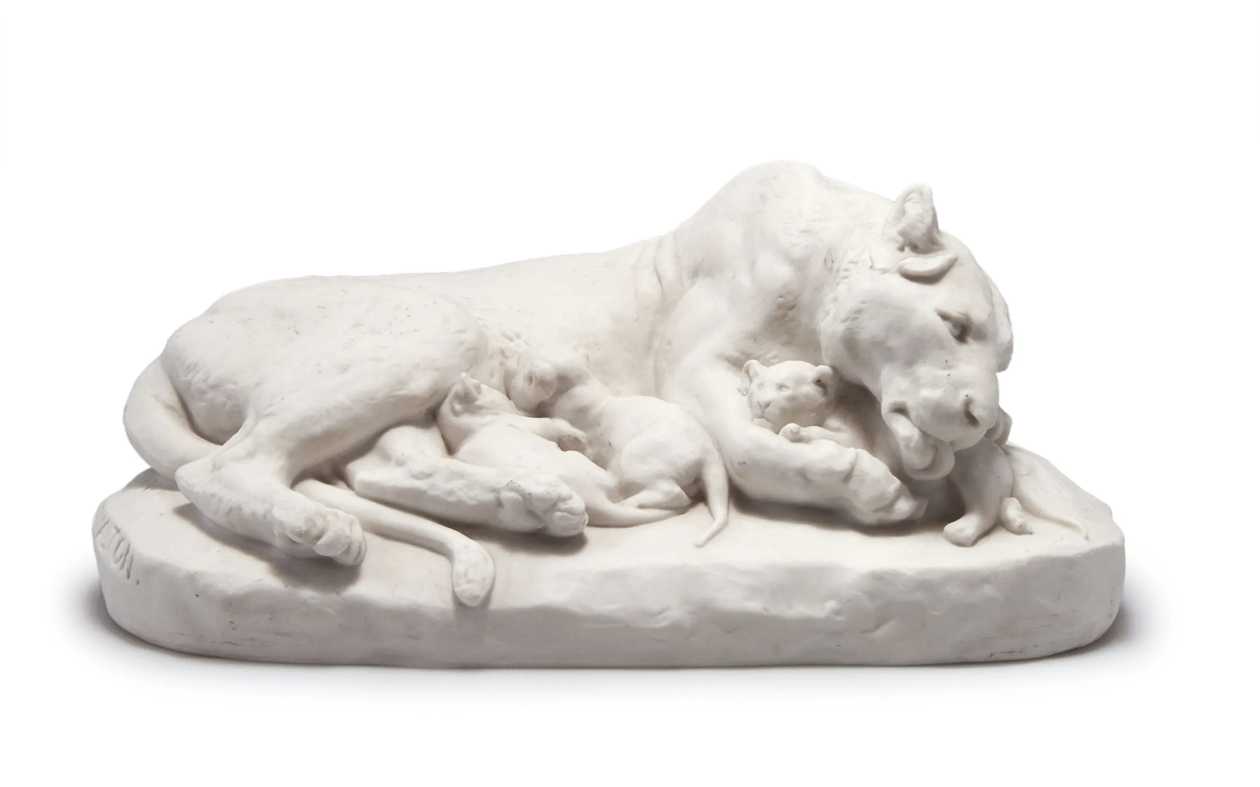
If you own a work by or after the artist Charles Valton, and would like to know its value, our state-approved experts and auctioneers can offer you their expert appraisal services.
Our specialists will carry out a free appraisal of your work, and provide you with a precise estimate of its current market value.
Then, if you want to sell your work, we'll point you in the right direction to get the best possible price for it.
Artist's rating and value Charles Valton
Animal sculptor Charles Valton produced sculptures in collaboration with Antoine Louis Barye. Today, prices for his works are steadily rising under auctioneers' gavels.
His sculptures are prized above all by French buyers, and the price at which they sell on the art market ranges from €30 to €15,000 - a considerable delta, but one that speaks volumes about the value that can be attributed to Valton's work.
In 2022, one of his bronze sculptures, Un loup à l'affut suivant des traces de bottes, sold for €3,450 against an estimate of €985 to €1,870.
Order of value from a simple work to the most prestigious
Technique used | Results |
|---|---|
Low relief | From €100 to €750 |
Metal | From €30 to €300 |
Gilded bronze | From €445 to €1,770 |
Porcelain | From €120 to €900 |
Bronze | From €80 to €15,000 |
Response in less than 24h
Style and technique of artist Charles Valton
Charles Valton stands out for his impeccable academic technique, which highlights the quiet strength and elegance of animals. His approach is marked by a striking realism, based on careful observation of the living world.
He sculpts with great precision, favoring clean contours and volumes designed to capture the musculature and posture of his subjects. The textures of fur, the suppleness of forms and the tension of bodies are rendered with an attention to detail that characterizes his style.
Working mainly in bronze, he ensures a solidity and depth that sublimate every curve and shadow.
Valton also masters the art of patination, giving his sculptures a subtle sheen that plays with light, accentuating relief and movement.
Like Paul Jouve with his drawings, Valton turns bronze into a living material, where every stroke and shadow tells a story. His animals never stand still, but seem ready to move, to soar or rest, in a constant dynamic.
His attachment to wild and domestic wildlife is evident in every piece, which he treats with uncompromising academic fidelity.
Valton's rigorous, naturalistic approach places him among the great animal sculptors of his time, passionately celebrating the natural beauty of the animals he depicts with remarkable meticulousness.
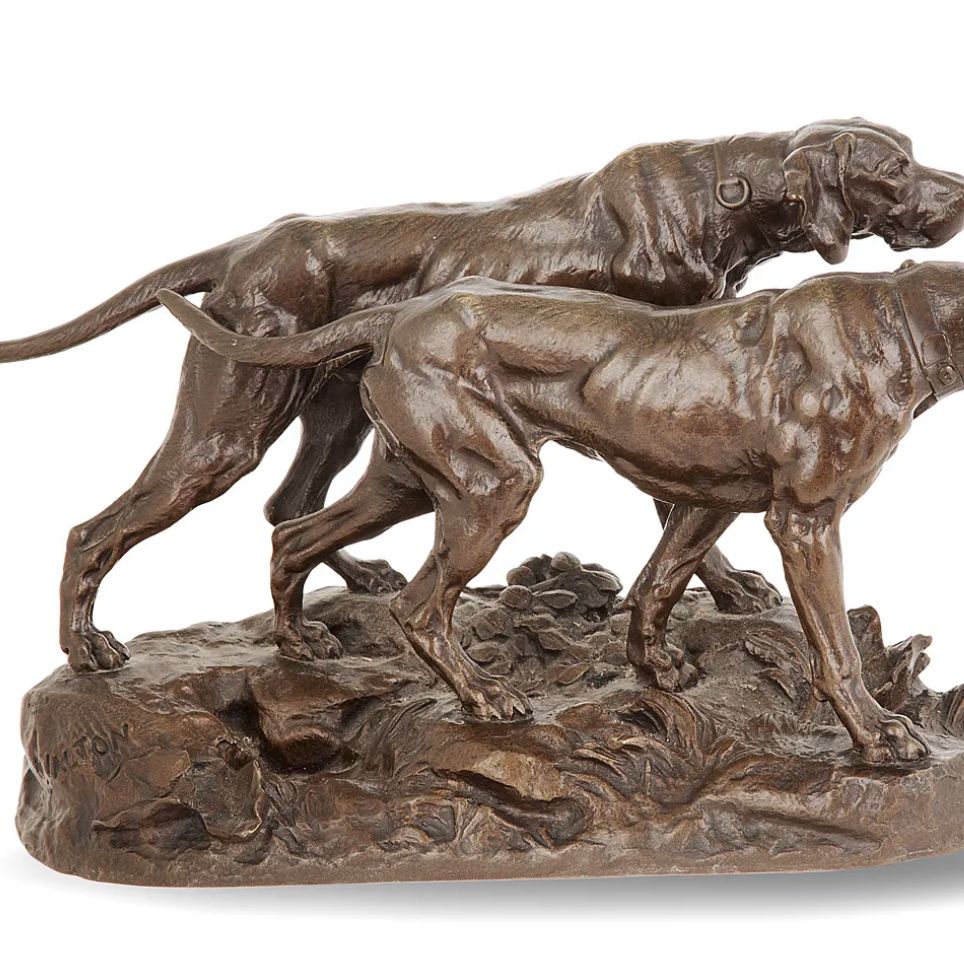
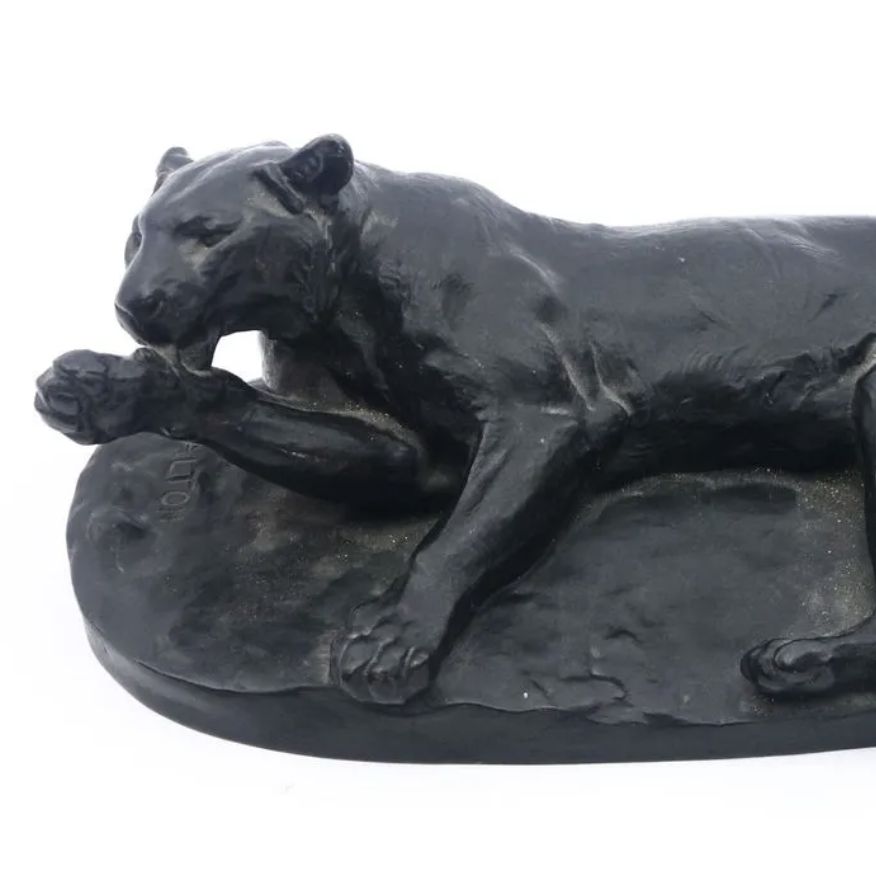
Charles Valton and animal bronze
Charles Valton (1851-1918) was a French sculptor whose name remains relatively unknown to the general public, despite a rich artistic career and abundant output.
Born in Pau, in a family where art and teaching rubbed shoulders-his father was a teacher and his brother, Edmond Eugène Valton, a painter-Charles Valton grew up in Paris, the city that was to be the heart of his career.
From an early age, he was fascinated by the animal world, spending long hours at the Jardin des Plantes in Paris, observing wildlife with the same care as Paul Jouve, another great name in animal bronze.
This fascination with animals was coupled with a solid training at the École des Beaux-Arts in Paris, where he became a pupil of Antoine-Louis Barye, the undisputed master of 19th-century animal sculpture.
Valton devoted his entire career to animal sculpture, specializing in bronzes of great finesse. His work soon attracted attention: he exhibited regularly at the Salon des artistes français, where his works were appreciated for their precision and realism.
His creations were also exhibited at the Salons des Arts Vivants and at the major Universal Exhibitions of 1889 and 1900, where he represented French sculpture with dignity.
In addition to bronze, Valton also explored other materials, creating several animal cookies in porcelain for the prestigious Sèvres factory, combining the delicacy of ceramics with the strength of animal imagery.
His favorite subject remains felines, which he portrays in a multitude of postures and compositions. Like Édouard Marcel Sandoz, Valton is fascinated by the power and grace of these animals, which he captures with almost naturalistic meticulousness.
Over the course of his career, he sculpted hundreds of lions, tigers and panthers, becoming one of the world's leading specialists in these majestic animals.
Among his public creations were two monumental animal groups for the Parc Monceau in Paris and the Jardin des Plantes in Nantes, demonstrating his mastery of bronze.
Unfortunately, these sculptures were melted down under the Vichy regime, wiping out part of the artistic heritage he had bequeathed to posterity.
Focus on Le Tigre attaquant, Charles Valton
Charles Valton's Le Tigre attaquant is a sculpture that captures the full power of the animal in a moment of suspended violence. In this bronze, Valton captures the precise moment when the tiger, ready to pounce, seems frozen in a furious momentum.
The feline's body, taut and powerful, is a true technical feat, with muscles protruding and claws ready to sink into its prey.
Every detail of the animal is rendered with impressive precision, from the carefully modeled coat to the postures of the paws, as if the sculpture were about to come to life at any moment.
Valton, true to his fascination with felines, succeeds in rendering not only the form but also the raw, wild energy of the animal.
The tiger in this work is more than just a representation of an animal; it embodies the majesty and violence of nature.
The artist's meticulous observation and talent create a work in which the animal seems about to leap out of its base.
Le Tigre attaquant (The Attacking Tiger)thus becomesa work full of tension, where movement and statics blend to create an impression of life, strength and savage beauty.
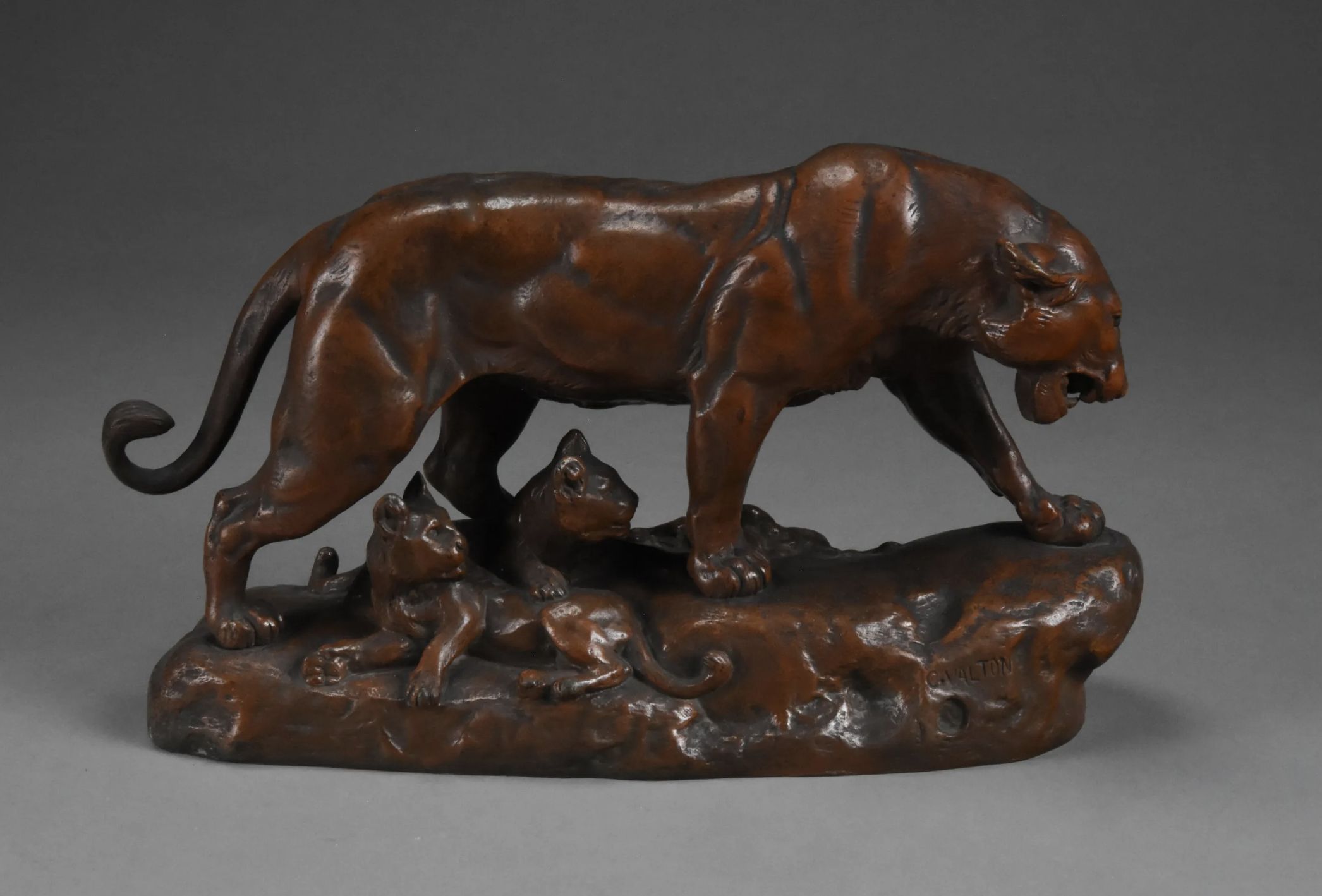
Charles Valton's imprint on his period
Charles Valton's impact on his era can be measured by the recognition he achieved in the artistic milieu of the late 19th and early 20th centuries.
At a time when animal sculpture was booming, Valton stood out for his attention to detail and meticulous observation of the animal kingdom, a direct legacy of his master Antoine-Louis Barye.
His powerful, precise works capture the very essence of the animals he sculpts, bringing them almost to life for the viewer.
Exhibited in prestigious salons and rewarded for his talent, Valton helped popularize a genre that blended naturalism with artistic sensibility.
His work on bronzes, particularly felines, influenced a whole generation of animal sculptors who, like him, sought to capture the power and beauty of animals in realistic works.
What's more, his collaboration with the Manufacture de Sèvres made animal art accessible to a wider public, democratizing subjects long reserved for the elite.
Today, although some of his works have disappeared, the finesse of his animal bronzes remains a testament to the period's taste for the meticulous representation of nature and its creatures.
Charles Valton's artistic vein
Charles Valton's dynamic, realistic animal sculptures are stylistically close to many of the great names of his time.
First and foremost, Antoine-Louis Baryehis master and main influence, remains an undisputed benchmark in the art of animal sculpture. Like Barye, Valton captures not only the animal's form, but also its character, vigor and power.
Their joint work in depicting animals shares an obsession with anatomical precision and a desire to convey life beyond bronze.
Valton also finds a stylistic affinity with Édouard Marcel Sandozwho, like Valton, specialized in felines and other wild creatures.
Both manage to insert a great deal of sensuality and poetry into their depictions of animals, while remaining faithful to a naturalistic approach.
The way Sandoz sculpts his subjects, particularly his feline studies, echoes the sensibility found in Valton's work, where every detail becomes an exploration of the animal's strength and grace.
Finally, there is a certain closeness to more modern animal sculpture, such as that by Rembrandt Bugattiwhich, although more stylized and sometimes more expressive, shares Valton's desire to translate the animal character into an almost human dimension, while relying on great technical precision.
Through their mastery of animal sculpture, these artists form a group stylistically linked by their pursuit of a realistic aesthetic, but also by their ability to inject a strong emotional charge into their representations.
Recognizing Charles Valton's signature
Charles Valton sometimes signs his sculptures, most of the time. However, expertise remains essential.
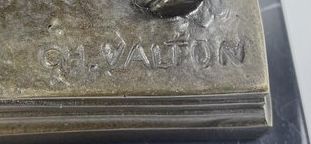
Knowing the value of a work
If you happen to own a Charles Valton painting or a painting by the artist, don't hesitate to ask for a free estimate using the form on our website.
A member of our team of experts and certified auctioneers will contact you promptly to provide you with an estimate of the market value of your work, as well as any relevant information about it.
If you're thinking of selling your work of art, our specialists will also be on hand to help you find alternatives for selling it at the best possible price, taking market trends into account.
Response in less than 24h
Related topics
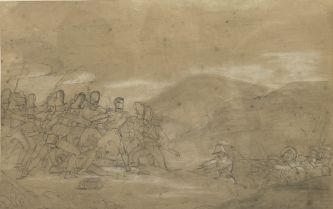
Rating and value of works, paintings, drawings by Théodore G...
Théodore Géricualt is one of the leading exponents of Romanticism, producing drawings and oils on canvas that are sought-after at auction.
Read more >
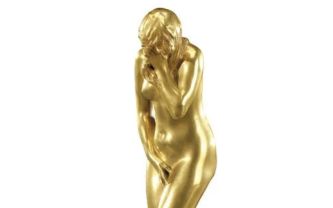
Cote et valeur 2024 des sculptures, bronzes de Antonin Merci...
Antonin Mercié is a 19th-century neoclassical sculptor whose works are highly prized at auction.
Read more >
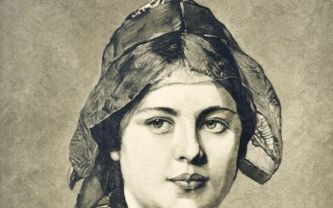
Rating and value of paintings by Franz Def...
Franz Defregger is a painter of history and military scenes who has produced works that are highly valued at auction.
Read more >
Secure site, anonymity preserved
State-approved auctioneer and expert
Free, certified estimates
